Should you carry a concealed firearm for personal protection?
In this article, we’ll define basic terms related to carrying firearms, cover the legal framework, and explore other factors to consider when deciding if carrying a gun is right for you.
This article covers:
Understanding Concealed Carry
Foundations of Concealed Carry
Concealed carry or carry concealed weapon (CCW) refers to the practice of carrying a firearm hidden from view, typically in a holster, but could also mean in a handbag, briefcase, or vehicle.
This practice has roots in the United States’ Second Amendment, which grants citizens the legal right to bear arms for self-defense.
The ability to carry concealed weapons (CCW) hinges on various considerations, including individual state laws, licensing requirements, and personal preferences.
Concealed Carry in the United States
In the United States, concealed carry regulations vary from state to state.
Some states have more relaxed laws, like constitutional carry, which allows individuals to carry a concealed firearm without a permit.
Other states may require a license, background checks, or specific training before approving a concealed carry permit.
It’s essential for individuals to research and adhere to their local state laws before deciding to carry a concealed weapon.
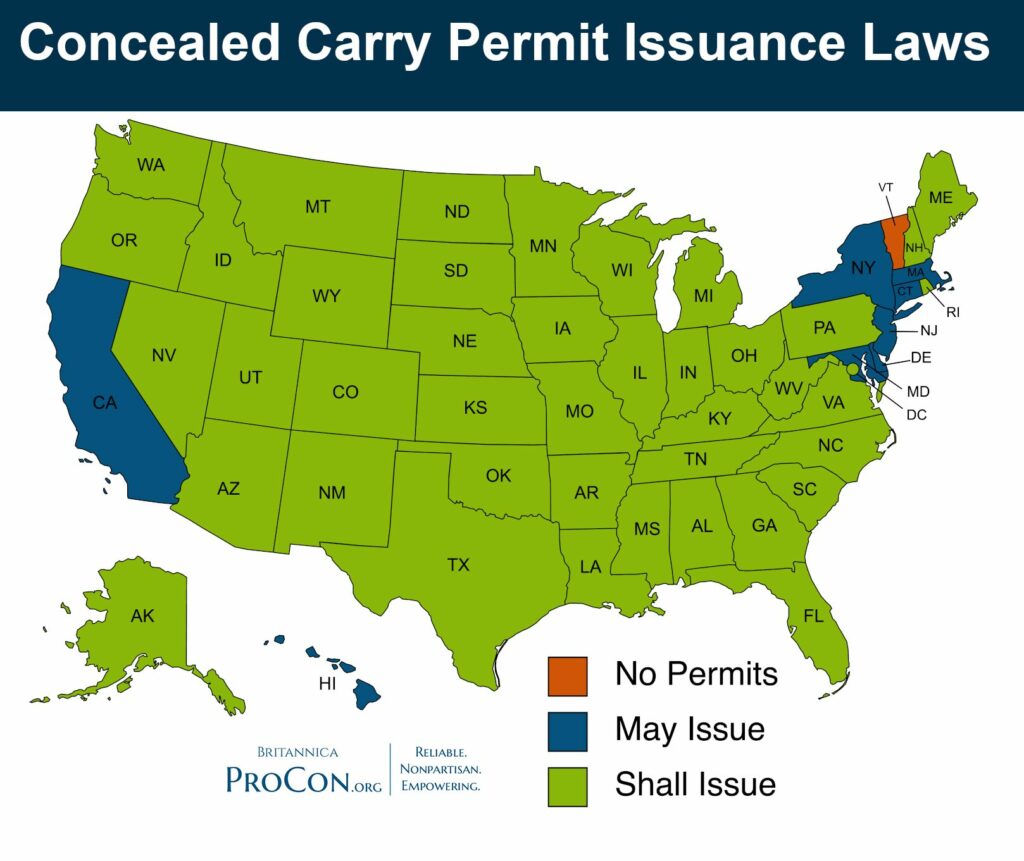
Common Terms for Carry Gun Laws
Here are some relevant terms and examples for understanding carry laws:
- Concealed Carry: This is the practice of carrying a weapon, such as a handgun, in a concealed manner on one’s person or in close proximity while in public.
- Open Carry: Refers to carrying a firearm visibly in public. Open carry laws vary widely from state to state. Some states allow open carry without a permit, while others require a permit or license. There are also states that do not permit open carry at all or have significant restrictions.
- Permitless Carry: Also known as “Constitutional Carry,” this refers to states that allow the concealed carry of a handgun without requiring a permit. According to World Population Review, all fifty states have laws that allow citizens to carry concealed weapons, but the specifics, such as the need for a permit, vary.
- Shall-Issue: In states with shall-issue laws, authorities must issue a concealed carry permit to applicants who meet specific criteria set by law. These criteria often include a background check and firearms training.
- May-Issue: In these states, the issuance of a concealed carry permit is at the discretion of local authorities, and applicants must often demonstrate a specific need for a permit.
- No-Issue/Restricted: Some areas, often cities rather than states, severely restrict the ability of civilians to carry concealed firearms and rarely issue permits.
Here are some examples of state laws to understand how they vary:
- Texas: Texas is a shall-issue state and allows for permitless carry for individuals 21 years and older who can legally possess a firearm.
- California: California is a shall-issue state, with concealed carry permits issued by the county sheriff to applicants that qualify.
- Florida: Florida is a shall-issue state, requiring a permit to carry a concealed weapon, and applicants must complete a firearms training course.
- New York: Historically a may-issue state with strict requirements for obtaining a concealed carry permit, local authorities have significant discretion over permit issuance.
It is your responsibility to keep up with local gun carry laws as they are updated.
California was previously a may-issue state with tight restrictions on issuing concealed gun licenses, but has since loosened their policy and has become a shall-issue state.
“California is now a shall-issue state since the Supreme Court’s ruling on the NYSRPA v Bruen on June 23rd, 2022. Licenses are issued by the county sheriff’s office or local police station.”
Source: usconcealedcarry.com
Concealed Carry Versus Open Carry
Concealed carry differs from open carry, where firearms are carried visibly such as in a holster on the hip.
Both methods have their advantages and disadvantages, often debated among gun owners.
For instance, concealed carry provides an element of surprise and may deter potential criminals, while open carry can be seen as a more visible deterrent to crime.
When deciding between concealed and open carry, individuals should consider factors like:
- Legal restrictions in their state or jurisdiction
- Personal safety and comfort
- Tactical advantages and disadvantages
A majority of states allow open carry in some form. According to the USCCA, permissive open carry states allow gun owners who can legally possess a firearm to openly carry a gun without a permit or license. This includes states like Alaska, New Mexico, and West Virginia.
Fewer states restrict open carry compared to those that allow it.
For example, only a handful of states, such as California, New York, and Illinois, along with Washington D.C., prohibit the open carry of guns and require a permit for concealed carry.
Understanding concealed carry and the various considerations surrounding it is vital for individuals who wish to responsibly exercise their Second Amendment rights. Careful research and adherence to local laws will ensure the safe and legal practice of carrying a concealed weapon.
Legal Framework
When Can You Draw Your Gun?
The legal justification for drawing a firearm depends on the laws of the state you are in and the specific circumstances you are facing. Generally, you can legally draw your gun if you reasonably believe that you or another person is in imminent danger of death or serious bodily harm, and that displaying or using the weapon is necessary to prevent that harm. Here are some key principles that typically apply:
- Reasonable Fear: You must genuinely believe that your life or someone else’s life is in immediate danger (USCCA).
- Imminence: The threat must be immediate or about to occur; it cannot be a potential future threat.
- Proportionality: The level of force you use must be proportional to the threat. Drawing a gun is considered a use of deadly force and is generally only justified if faced with a threat of deadly force in return.
- Avoidance: In some states, there is a duty to retreat if you can safely do so before resorting to deadly force, unless you are in your own home (the “Castle Doctrine”) or where “Stand Your Ground” laws apply.
- No Fault: You must not have instigated or escalated the situation leading to the threat.
Examples of situations where you might legally draw your gun include:
- Confronting an armed intruder in your home.
- Defending yourself against an attempted armed robbery or carjacking.
- Protecting someone else from being seriously harmed or killed.
Obtaining a Concealed Carry Permit
To carry a concealed weapon in the United States, individuals generally need to obtain a concealed carry permit.
The process typically involves completing firearm safety courses, submitting an application, and passing a background check.
However, in some states, the requirements can be less stringent, as they have adopted permitless carry laws.
State-Specific Laws and Reciprocity
It’s important to note that state laws regarding concealed carry permits can vary significantly.
“Firearms regulations vary considerably from state to state, and activities lawful in one jurisdiction may be barred in another.”
Source: Congress.gov
While federal law provides a baseline set of rules, states have the authority to enact additional regulations, such as restricting certain locations or specific types of firearms.
Here’s a list of key aspects to consider:
- States can issue different types of concealed carry permits.
- The validity and recognition of permits can vary between states.
- Some states have reciprocity agreements with others, honoring each other’s permits.
Keeping up to date with state-specific regulations is essential for those who wish to carry a concealed weapon legally.
Penal Codes and Gun Laws
Penal codes are the collection of laws that outline criminal offenses and their respective punishments.
In the context of concealed carry, the penal code can define what constitutes illegal carry or possession of firearms and the corresponding penalties.
For example, the California Penal Code is a comprehensive set of statutes that addresses firearm regulations, such as the legal terms of purchase, possession, and transportation of guns.
Familiarizing oneself with the relevant gun laws in the state where one resides or plans to carry is crucial to ensure compliance with both federal and state regulations.
Safety and Training
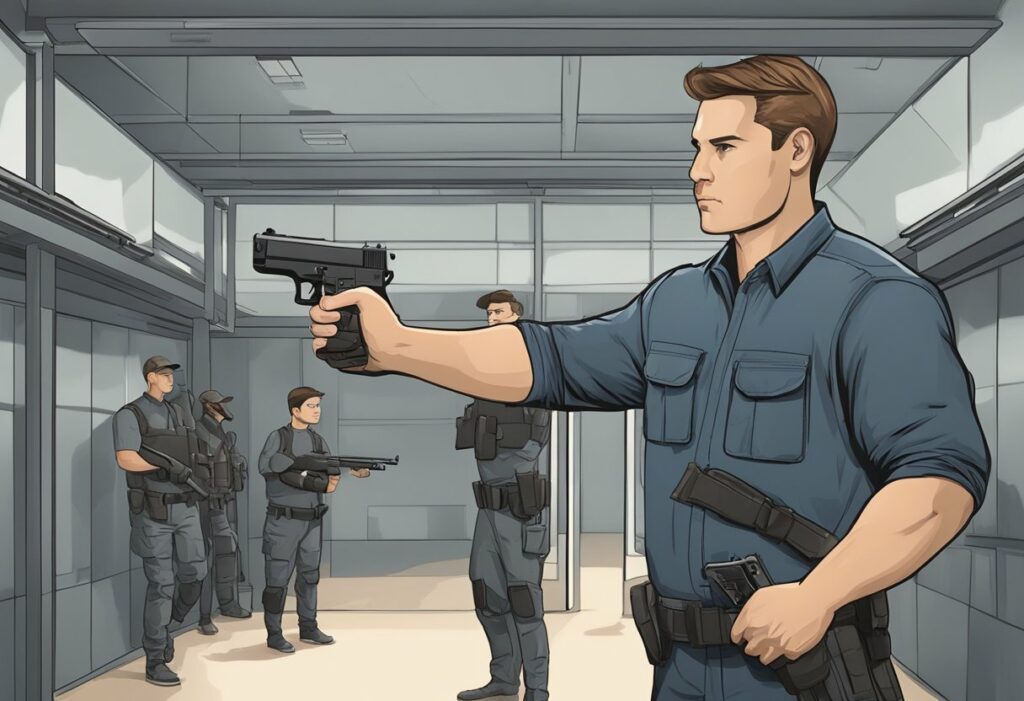
Importance of Gun Safety
Gun safety is paramount for anyone handling firearms, especially while carrying concealed.
Prioritizing gun safety helps to reduce the risk of accidents and protects not only the gun owner but also the public.
Creating a respectful environment towards firearms will minimize the risk of gun violence.
To ensure gun safety, follow these essential tips:
- Always treat every firearm as if it were loaded
- Never point a gun at anything you don’t want to shoot
- Keep your finger off the trigger until you’re ready to shoot
- Be aware of your target and what’s behind it
Concealed Carry Safety Training
Proper safety training is necessary for anyone planning to carry a concealed firearm.
In many cases, obtaining a concealed carry permit involves attending a safety course that teaches proper handling and storage of firearms.
These courses cover topics like:
- Legal considerations
- Marksmanship techniques
- Firearm safety practices
- Hands-on training for handling and shooting a weapon
Attending a concealed carry class assists in building responsible habits and ensures you understand the importance of handling a firearm safely.
Establishing a routine of regular trainings and practice will help maintain proficiency and reduce the risk of accidents while carrying concealed.
Interactions with Law Enforcement

Concealed Handgun During Police Encounters
When interacting with law enforcement officers, it is crucial to maintain a short and civil conversation to avoid misunderstandings.
Always keep your hands visible and avoid sudden movements. If stopped while driving, turn on the dome light and place your hands on the steering wheel.
If you have a concealed handgun, inform the officer about its presence and location.
Avoid touching the firearm, and move your hands slowly during the interaction.
This ensures that the officer does not misunderstand your intentions or perceive you as a threat.
Legal Obligations and Rights
It is essential to understand your legal obligations and rights when carrying a concealed weapon.
In some cases, you may have a duty to inform the officer about your handgun.
Make sure to follow carry laws in your jurisdiction by being aware of any specific requirements stated in the penal code.
Some law enforcement officers may express unease or concern about citizens carrying concealed weapons, so being knowledgeable and compliant with the law demonstrates responsibility and respect for their concerns.
Remember, always prioritize safety and adherence to the law when interacting with police officers while carrying a concealed weapon.
By being aware of the proper procedures and demonstrating appropriate behavior, both parties can have a positive experience during the encounter.
Considerations for Responsible Carry
Choosing the Right Concealed Weapon
When considering a concealed weapon, it is crucial to select the right firearm for your needs and comfort level.
Factors to consider include:
- size of the firearm
- weight of the firearm
- bullet caliber
- ease of use
It is important to try out various models before making a decision, as personal preferences and comfort can vary greatly. Be patient and test as many guns as necessary to find the one that suits you best.
Additionally, choosing to carry a knife is another option that provides affordability and accessibility, offering a concealed weapon alternative that is easy to procure and replace.
Ethical and Social Considerations
Responsible gun owners should also consider the ethical and social aspects of carrying a concealed firearm.
Carry permits help ensure that carriers have undergone background checks and training, thus promoting community safety.
Civilians carrying firearms can play a role in preventing violent crime from escalating, but they must also be aware of potential unintended consequences.
Gun owners should remain conscious of their firearm’s potential for harm and always follow safe and responsible practices.
Impact of Carry Styles on Public Safety
Carry styles can impact public safety in different ways.
For instance, concealed carry helps maintain the element of surprise, providing an advantage over potential attackers as they are unaware that the carrier is armed. This can deter crime, as would-be criminals may be unsure which individuals are armed.
This is what is meant by the old expression:
An armed society is a polite society.
On the other hand, open carry can serve as a visible deterrent.
However, it might also generate unease among the public, leading to perceptions of increased danger.
Responsible carry involves carefully considering the choice of concealed weapon, ethical and social aspects, and the impact of different carry styles on public safety. By being informed and responsible, gun owners can contribute positively to overall community safety.
In a future article, we’ll explore different styles of concealed carry and equipment options.
What are your thoughts on carrying a concealed weapon for self-defense? Leave a comment below.

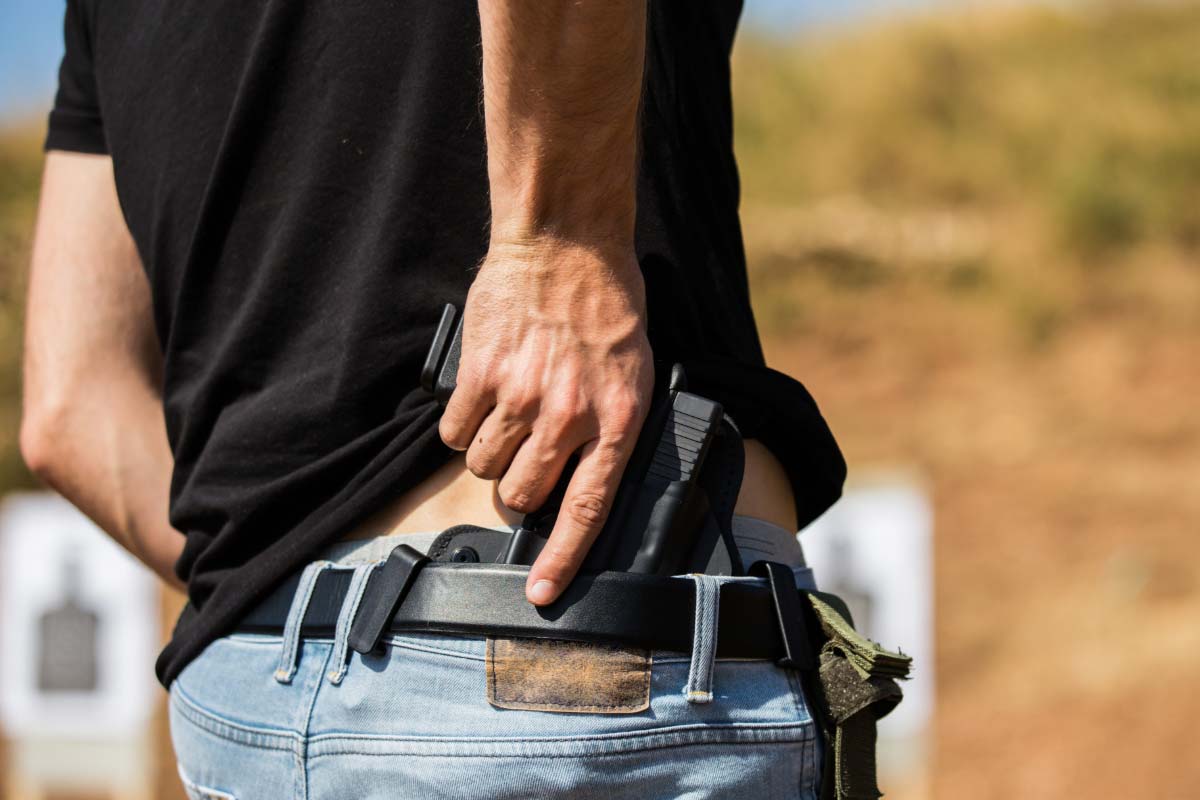



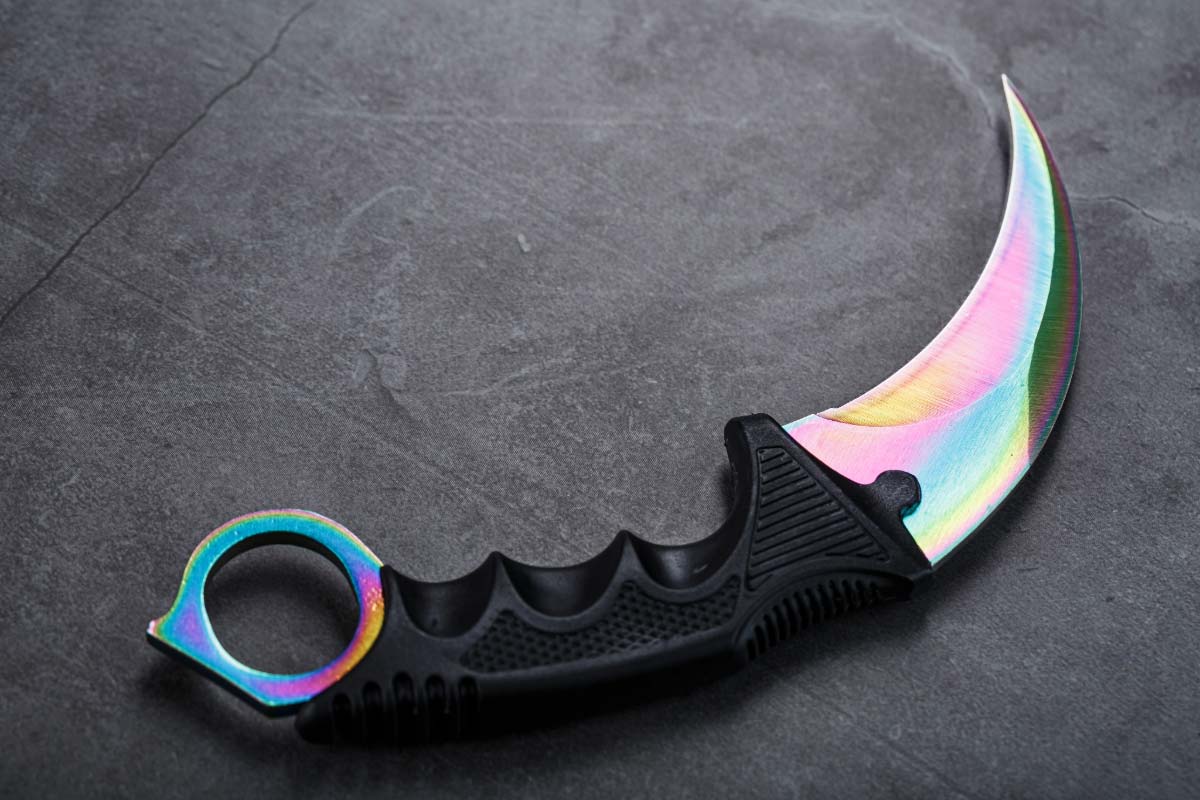

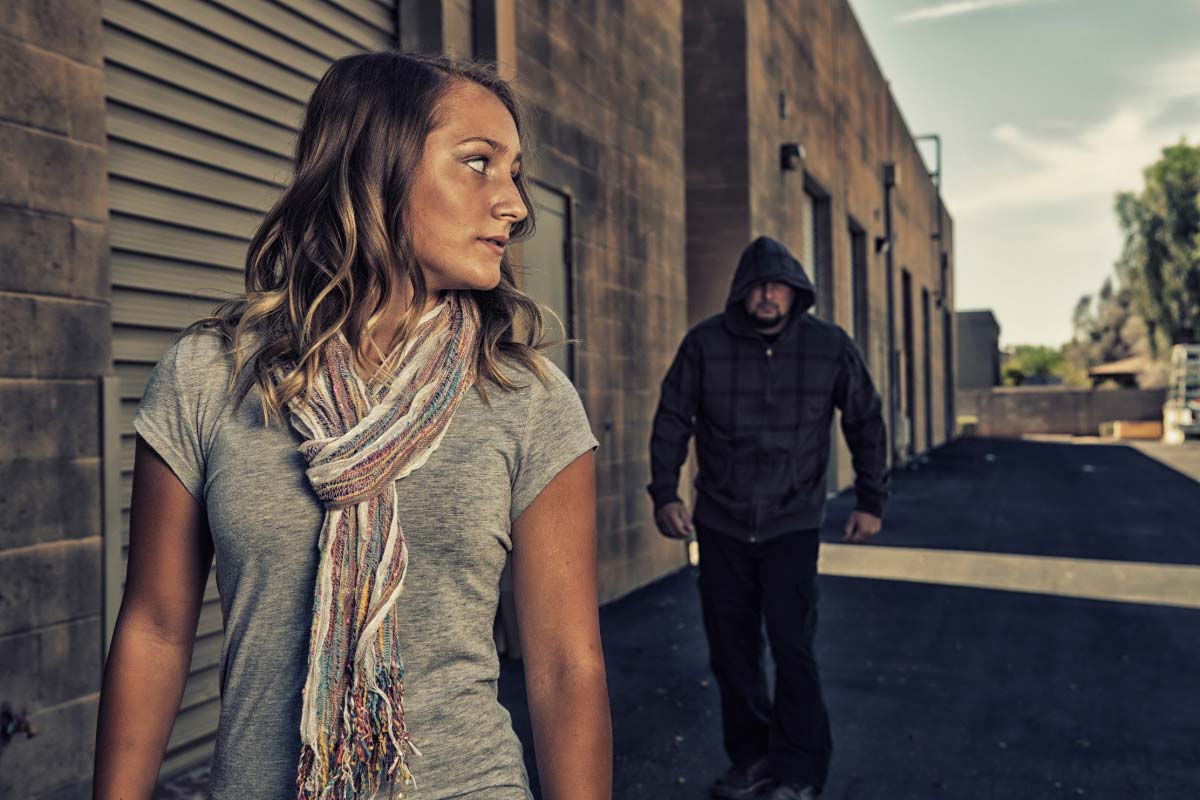
Leave a Reply